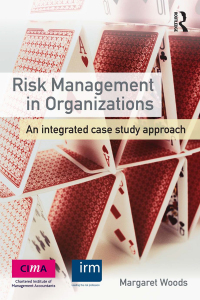
1. Consider the decision to purchase health insurance. Imagine that there are three states of the world: you are in good health and spend $0 on healthcare, you are in fair health and spend $100 on healthcare, or you are in poor health and spend $10,000 on healthcare. The probability that you are in good health is .20, the probability you are in fair health is .75, and the probability that you are in poor health is .05. During open enrollment, you have to decide whether or not to buy insurance that will cover you next year. If you buy insurance, you are fully insured and will pay nothing for healthcare, regardless of your spending. Assume that there is no correlation between your current health and your future health. (a) If you have utility u(c) = C, what is the maximum you would be willing to pay for health insurance for the coming year? (b) Now imagine that you have a form of projection bias. If a = 2, and your current health is poor, what is the maximum you are willing to pay for health insurance for the coming year? (c) Now imagine that you have a form of projection bias. If a = , and your current health is good, what is the maximum you are willing to pay for health insurance for the coming year? (d) Now imagine that you have a form of projection bias. If your current health is fair, what is the maximum a such that you will decide to purchase health insurance if it is being sold for $500. 1. Consider the decision to purchase health insurance. Imagine that there are three states of the world: you are in good health and spend $0 on healthcare, you are in fair health and spend $100 on healthcare, or you are in poor health and spend $10,000 on healthcare. The probability that you are in good health is .20, the probability you are in fair health is .75, and the probability that you are in poor health is .05. During open enrollment, you have to decide whether or not to buy insurance that will cover you next year. If you buy insurance, you are fully insured and will pay nothing for healthcare, regardless of your spending. Assume that there is no correlation between your current health and your future health. (a) If you have utility u(c) = C, what is the maximum you would be willing to pay for health insurance for the coming year? (b) Now imagine that you have a form of projection bias. If a = 2, and your current health is poor, what is the maximum you are willing to pay for health insurance for the coming year? (c) Now imagine that you have a form of projection bias. If a = , and your current health is good, what is the maximum you are willing to pay for health insurance for the coming year? (d) Now imagine that you have a form of projection bias. If your current health is fair, what is the maximum a such that you will decide to purchase health insurance if it is being sold for $500







